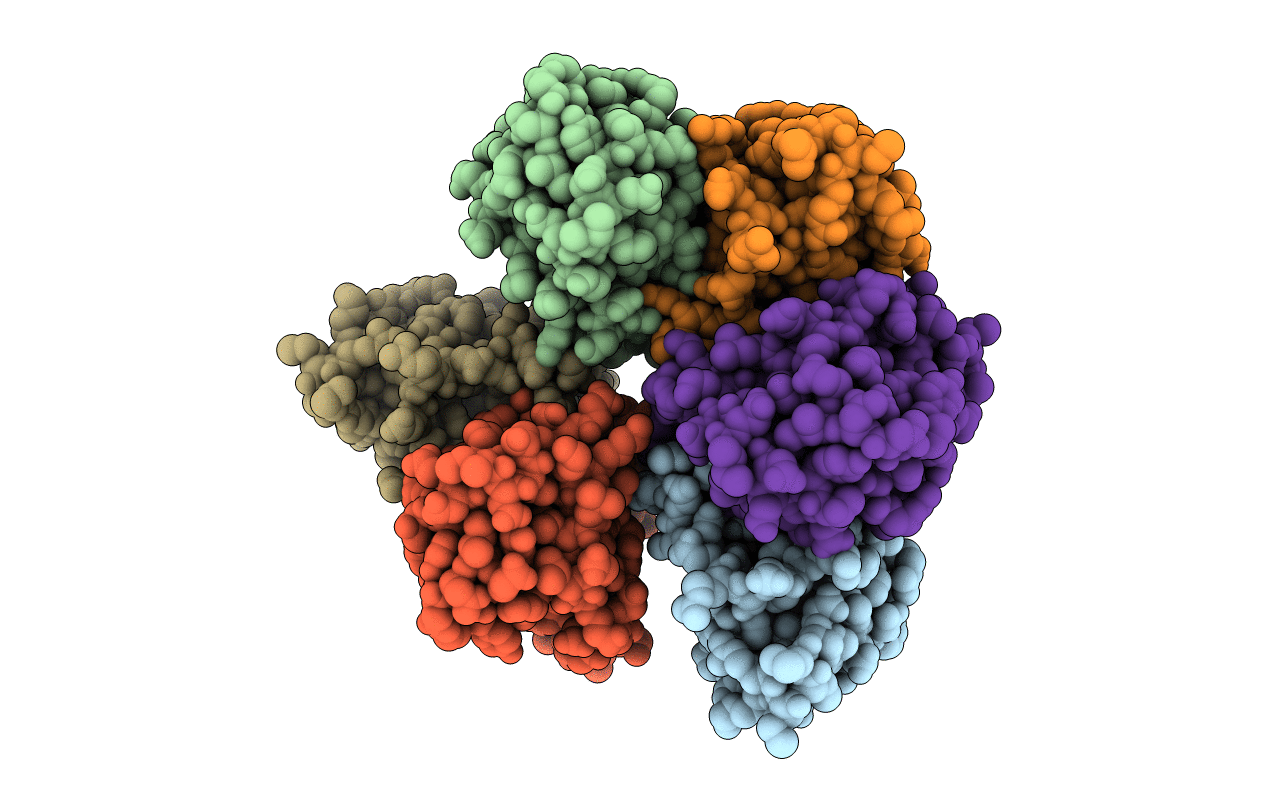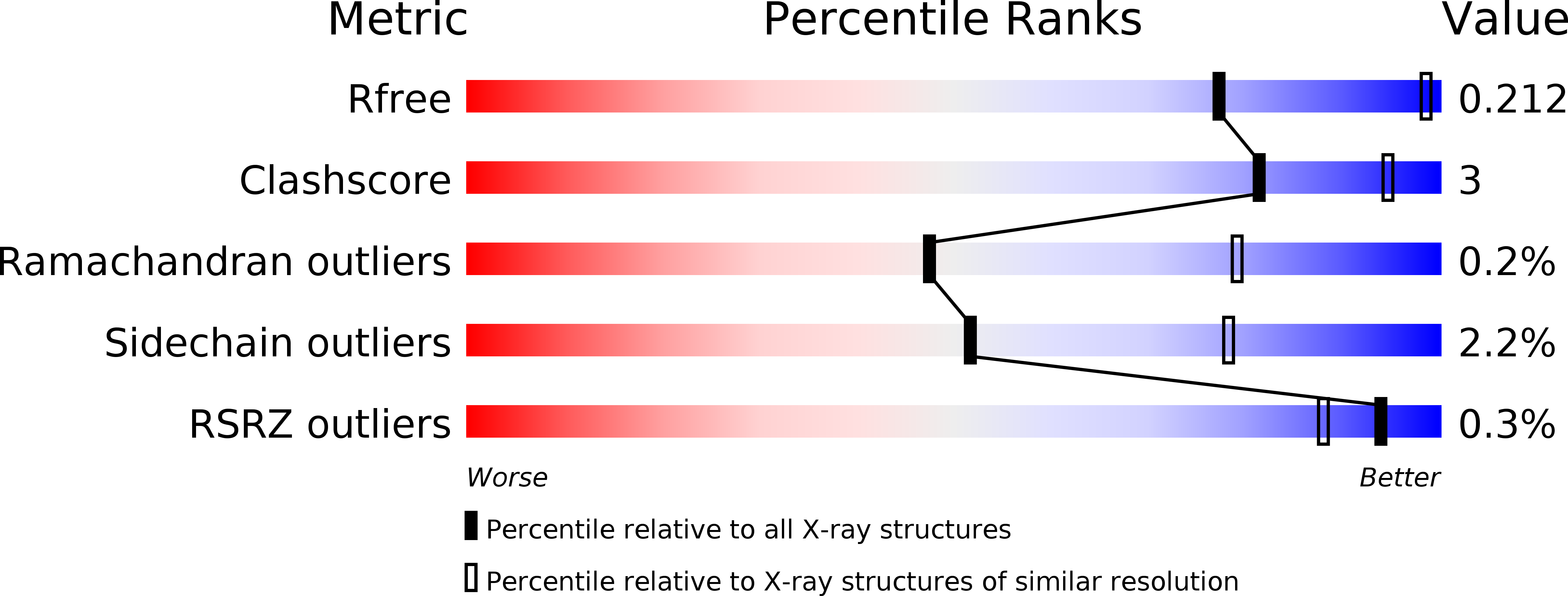
Deposition Date
2012-09-21
Release Date
2012-10-03
Last Version Date
2023-12-20
Method Details:
Experimental Method:
Resolution:
3.09 Å
R-Value Free:
0.21
R-Value Work:
0.17
R-Value Observed:
0.18
Space Group:
P 1 21 1


